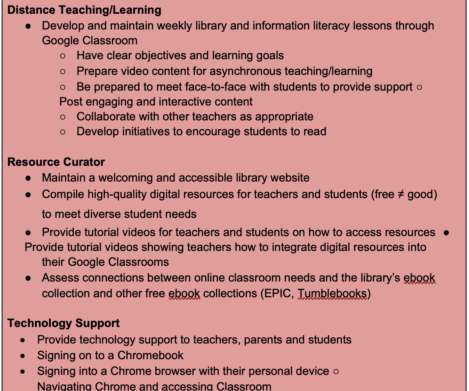Current Trends in Education
eSchool News
DECEMBER 11, 2023
Subscribe to journals, magazines, and online platforms that focus on education. Innovative K-12 education ideas are crucial for creating engaging, effective, and future-ready learning environments. This approach encourages self-reflection, self-advocacy, and a sense of ownership over one’s education.















Let's personalize your content